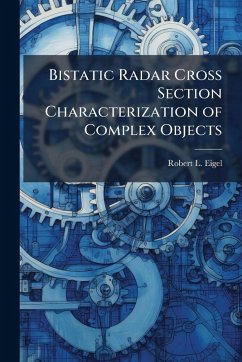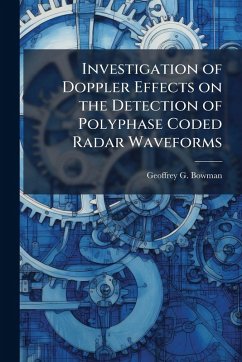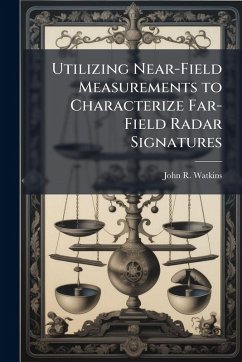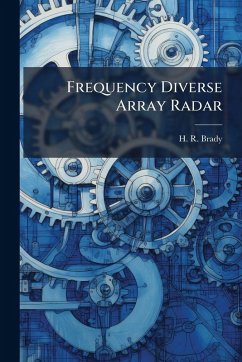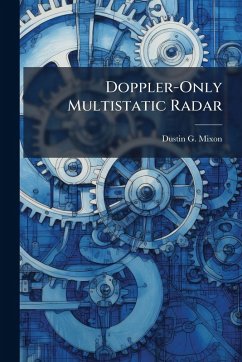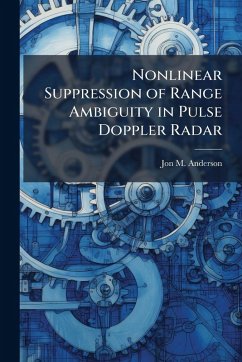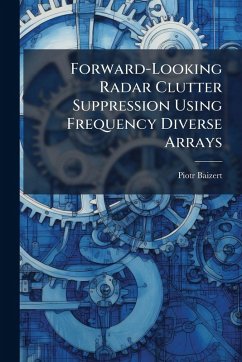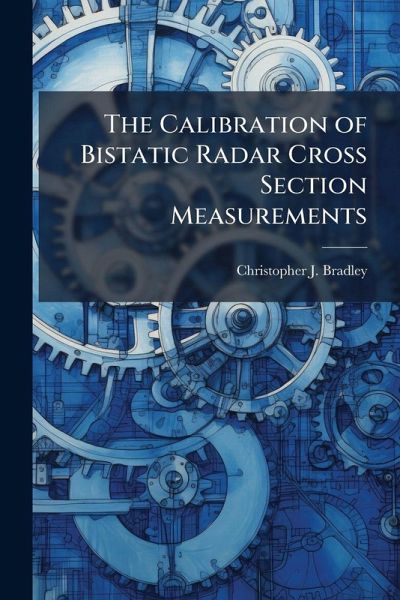
The Calibration of Bistatic Radar Cross Section Measurements
Versandkostenfrei!
Versandfertig in über 4 Wochen
18,99 €
inkl. MwSt.
Weitere Ausgaben:

PAYBACK Punkte
9 °P sammeln!
Recent advances in signal processing and remote sensing have highlighted the importance of bistatic radar systems for the purposes of environmental monitoring, surveillance, and tracking radar. The calibration of such systems has been problematic much more so than similar monostatic systems, primarily as a result of the lack of reference objects suitable for calibrating at any given bistatic angle. This research deals with the problems of calibrating full-polarimetric laboratory-environment bistatic radar systems, including the lack of suitable calibration targets and procedures, and operation...
Recent advances in signal processing and remote sensing have highlighted the importance of bistatic radar systems for the purposes of environmental monitoring, surveillance, and tracking radar. The calibration of such systems has been problematic much more so than similar monostatic systems, primarily as a result of the lack of reference objects suitable for calibrating at any given bistatic angle. This research deals with the problems of calibrating full-polarimetric laboratory-environment bistatic radar systems, including the lack of suitable calibration targets and procedures, and operational considerations such as alignment and mounting. Several popular bistatic calibration techniques are classified, evaluated, and comparisons are made between the relative merits of various calibration objects. The analysis addresses sensitivity to target alignment error, sensitivity to polarization impurity, and ease of implementation. Both theoretical concepts and practical considerations are discussed, based on measurements accomplished at the European Microwave Signature Laboratory (EMSL) of the Joint Research Center (JRC) in Ispra, Italy. Significant gains in co-polarized channel accuracy and cross-polarization purity are realized with calibrations that utilize the complete system distortion model, and these conclusions are discussed in detail. This work has been selected by scholars as being culturally important, and is part of the knowledge base of civilization as we know it. This work was reproduced from the original artifact, and remains as true to the original work as possible. Therefore, you will see the original copyright references, library stamps (as most of these works have been housed in our most important libraries around the world), and other notations in the work. This work is in the public domain in the United States of America, and possibly other nations. Within the United States, you may freely copy and distribute this work, as no entity (individual or corporate) has a copyright on the body of the work. As a reproduction of a historical artifact, this work may contain missing or blurred pages, poor pictures, errant marks, etc. Scholars believe, and we concur, that this work is important enough to be preserved, reproduced, and made generally available to the public. We appreciate your support of the preservation process, and thank you for being an important part of keeping this knowledge alive and relevant.



